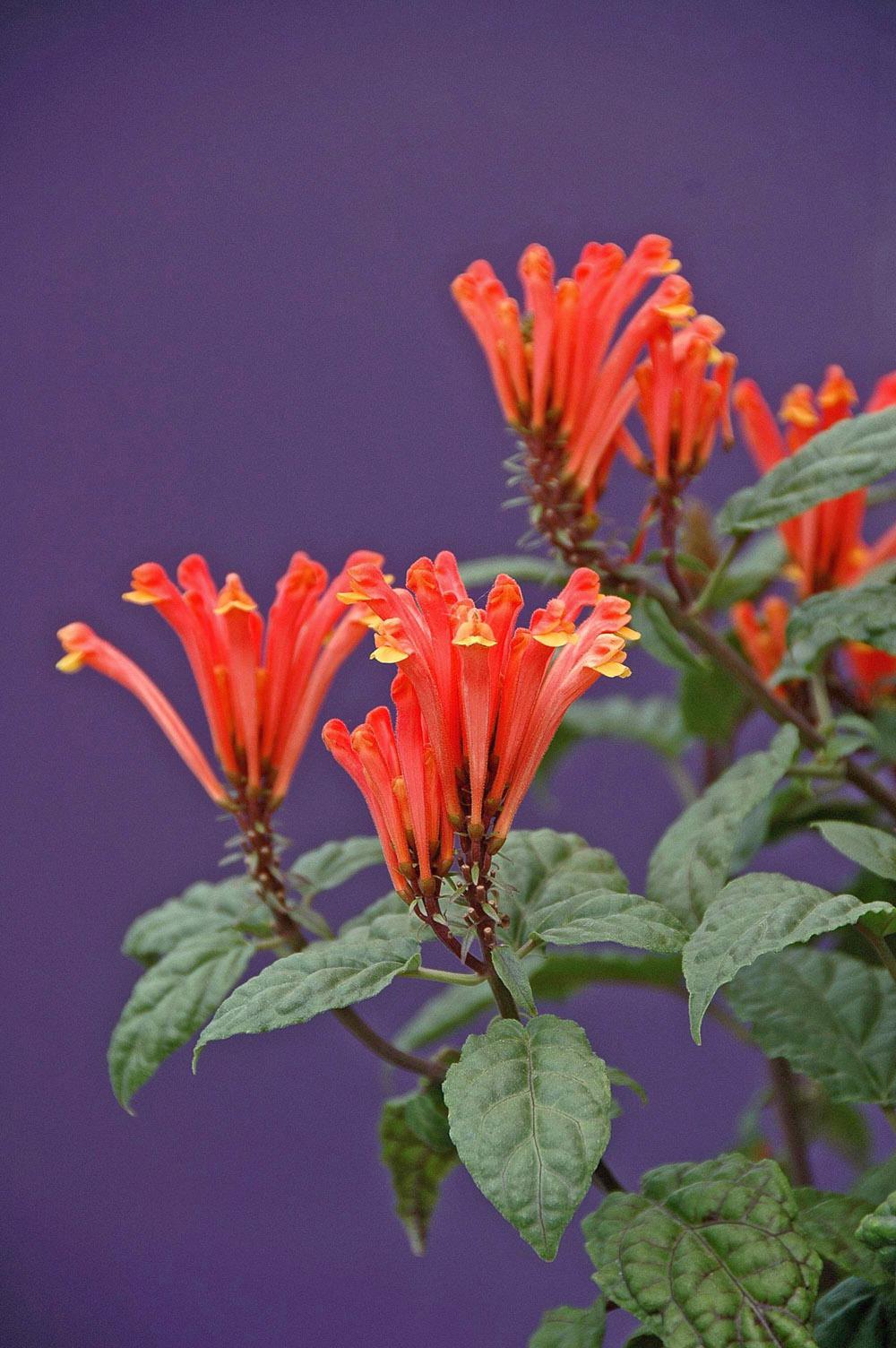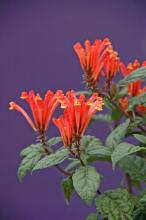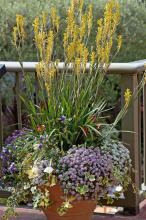Information Possibly Outdated
The information presented on this page was originally released on March 5, 2009. It may not be outdated, but please search our site for more current information. If you plan to quote or reference this information in a publication, please check with the Extension specialist or author before proceeding.
Kangaroo Paws, skullcaps are popular plants in 2009
By Norman Winter
MSU Horticulturist
Central Mississippi Research & Extension Center
It's always interesting to see the crowd favorites at garden shows, and the winners at the recent Gulf Coast Garden and Patio Show appear to be Kangaroo Paws and skullcaps. These are the plants the throngs of gardeners were elbowing each other to purchase last weekend in Biloxi.
It is a blast watching gardeners shop during those first garden and patio shows of the year. Everyone is eager for color and wants to try what is new and different. Today's gardeners are some of the best proving grounds an industry could want.
As you might expect from the name, Kangaroo Paws are native to Australia. They are known botanically as Anigozanthos, and there are several species and dozens of hybrids. Kangaroo Paws are already a big hit in California, and they hold great appeal to gardeners across the country with their unique, tubular, fuzzy flowers rising on long stems above the plants. Taller species can reach 6 feet, although those sold locally reach 18 to 24 inches.
They are perennial in frost-free areas and will need to be protected from freezing weather during the winter, or you can simply enjoy them as annuals like we do with so many other plants. Kangaroo Paws offer great opportunities for dazzling combinations in the landscape and can fulfill the thriller plant role in containers.
After the blooming period, remove old leaves down as low as possible. Fans only flower once and should be cleaned out at the end of a season. Take care when cutting back to avoid damaging new, emerging fans. Divide these plants in the fall or early spring when new growth emerges.
Another hot plant at the show was the Scooter series of scutellaria. These have the common name skullcap, but this new hybrid group will thrill you with its long, brilliantly colored, tubular flowers.
Scooter is being introduced this year under the Proven Winners label and will reach 18 to 24 inches tall. Space your plants about 16 inches apart. It is available in five colors -- Barberry (red), Scarlet, Flamingo (pink), Monroe (white) and my favorite, Flame. Flame is a fiery orange with tubular blossoms that open to reveal yellow.
The Scooter, like other scutellaria varieties, will prove to be a delicacy to visiting ruby-throated hummingbirds. It needs fertile, well-drained soil and will look its best in a morning sun/afternoon shade location.
The exotic-looking flowers would look perfect planted on the east side of tall bananas or upright alocasia elephant ears for a truly tropical-style garden. Combine the Flame with blue flowers like Sanguna Atomic Blue or Easy Wave Blue petunias to create a sensational, contrasting display.
Don't hesitate to use them in mixed containers as well as in the landscape. Their habit will have them act as a filler that intermingles with its partners throughout the planting.
Scooter scutellarias will be cold hardy to about 25 degrees, and they are considered perennial in zones 9 to 11. For best performance, keep them fed with a slow-released, balanced fertilizer containing micronutrients.
More garden and patio shows are on the calendar across the state. If you can't get to one, go early to your local garden center and you just may find yourself on top of the curve getting the hot plants of 2009.




